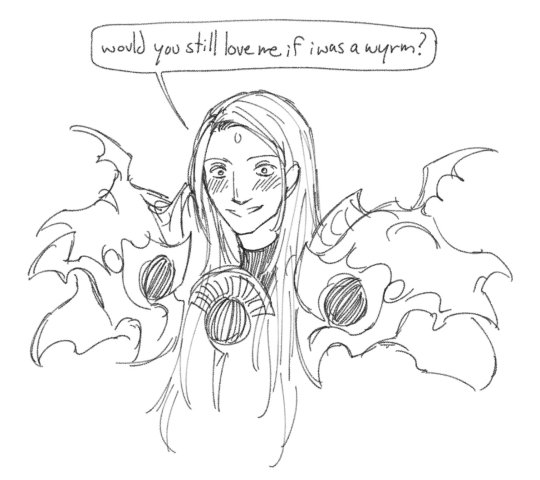Don't wanna be here? Send us removal request.
Text
Reunion Market Trading Event
Sain baina uu! The Xaela FFXIV server is hosting the monthly Reunion Market Trading event on FFXIV. Visit some of our stalls hosted by our community for some casual Xaela and Azim Steppe themed social RP. Time: Sunday 9pm (UK), 4pm (East US) - Location: Reunion (on Mateus)

15 notes
·
View notes
Text
Love this



completed nimnai wedding set: Dawn, midday, night 🙇♂️💖
220 notes
·
View notes
Text
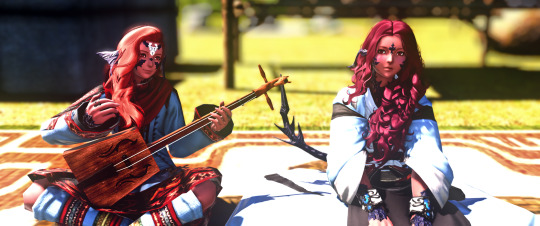

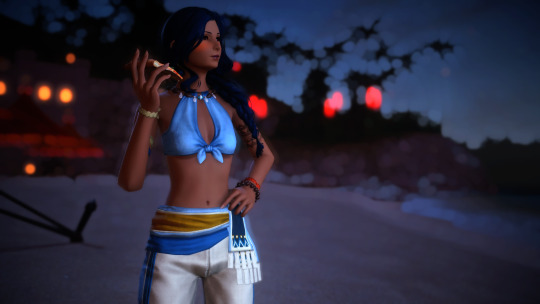



I like making screenshots, but don't post them, probably should change that.
5 notes
·
View notes
Text
Huh, never thought I'd ever say it, but looks like a win for Bing on this one. Granted they still have AI everywhere but still, rare moment for Bing to shine.
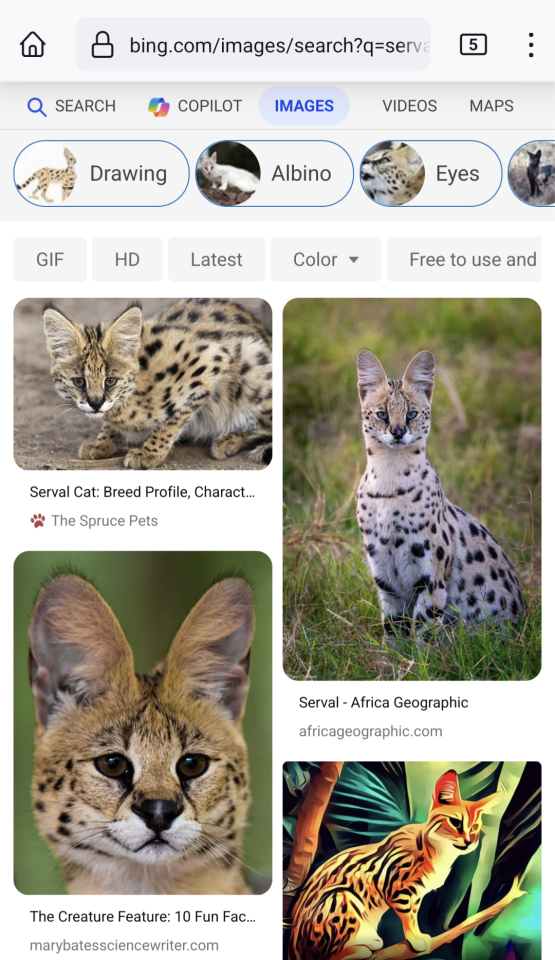

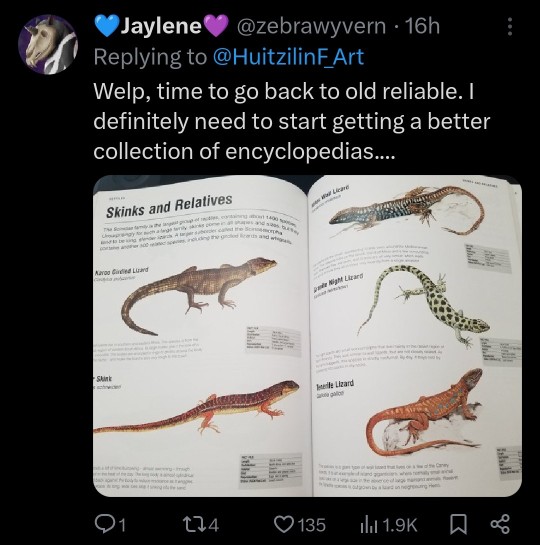


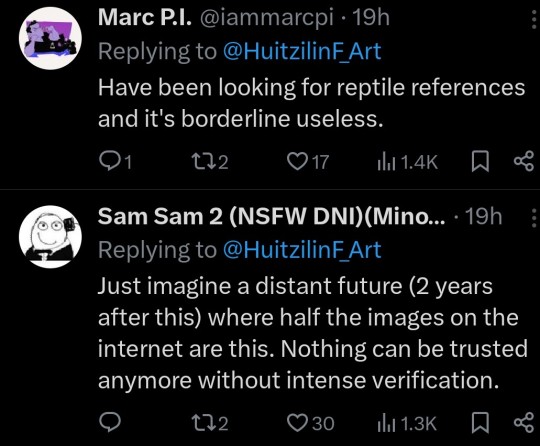


172K notes
·
View notes
Text
Huh, never thought I'd ever say it, but looks like a win for Bing on this one. Granted they still have AI everywhere but still, rare moment for Bing to shine.
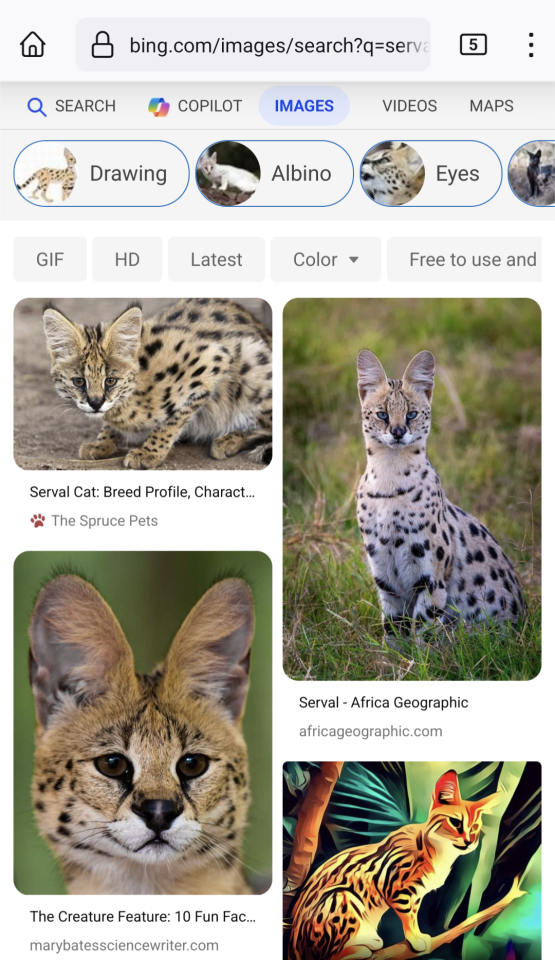







172K notes
·
View notes
Text
Wayfarers' Ger in 2024
I'm going to make an effort to actually make use of this Tumblr. \o/

What Is Wayfarers' Ger?
It started out as a weekly storytelling RP event with a steppe theme ICly set in a ger/yurt on the Azim steppe, then we started adding bigger events every so often, like our summer event "Steppes on the Beach", but as altaholics, we've also tied in some of our other projects like The Approving Seal and The Ankhai Tribe.
I am an enthusiast of steppe culture & really want to bring some appreciation for the real-world steppe cultures and base a lot of my RP around its culture. I am far from an expert & I take some artistic license like the devs did because it's Mongolia-influenced, not a re-creation.
What's The Plan?
More events in 2024, starting with Tsagaan Sar, the new year. More use of the Approving Seal and the Ankhai Tribe.
I also want to make better use of social media (like Tumblr here), the wider community and our website.

Plans for the Approving Seal
The Approving Seal is a Terncliff-themed cafe & charity and we just did our Starlight event with it. With the Approving Seal, we like to try and offer a more wholesome kind of RP and this year we want to use it for actual charity fundraisers for real-world charities.
We have a charity page set up for it for people to give their own donations to our selected charity (we'll have separate pages if we do a fundraiser for a different charity): https://www.justgiving.com/page/approving-seal
Plans for Wayfarers' Ger
On the Wayfarers' Ger side, I want to lean more & more heavily into the culture stuff, this seems to be the stuff people respond best to, which I am happy for because it's the part I care most about & want to dive deeper with.
As much as I would like to keep a fortnightly RP, we do find they get a variable turn out and I have mused on it & I know we've tried getting them working again, like in the early days, but my energy may be better placed in themed events with more attention to quality.
And I have a few ideas I am toying with for things we could do, including opening the floor for more people to get involved with contributing, because I realise I can sometimes do things on a bit of a whim.
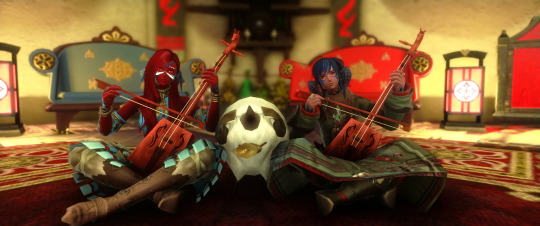
Plans for General Steppe Stuff
I also found some of my "The Real Steppe" blog posts get some popularity and even got a mention in Mirkes Menagerie for my comments about magic on the steppe. So I want to put out more things like it & share them with the Wayfarers' Ger & general Steppe RP community. And I want to go back & spot-check my old blog posts to make sure they're to a standard I am happy with & that I triple-check any facts.
The motivation for triple-checking is that I have learned that not all sources on Mongolian culture are reliable. For example: UNSECO has information about tuulis and the practice but the information confuses different types of Mongolian storytelling & other sources seem to give similar info & frame it in totally the wrong way. And I have better sources who don't mind me asking questions.
Plans for the Ankhai Tribe
The Ankhai tribe is a custom tribe inspired by Tuvans, Mongolians and Siberians, who come from north of the tail mountains and the Dalvalan Grath. Like with how FFXIV approaches cultures, there is still artistic license, so not all ideas/customs are grounded in the real world, but include FFXIV-appropriate flair, to keep it within the realms of fantasy.
We spent some time introducing some of the characters into the general community & ran individual RP's & events to establish IC connections and working through the story arc that allows us to open up the tribe to more people to create their own characters. For 2024, I want to do smaller RP's & events where the tribe is a focus, with room to recruit people into the concept.
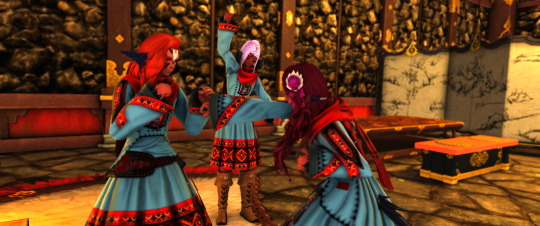
Closing Note
I realise I made it a long post. But the new year brings new opportunities and I am still passionate about the RP's we run and want to not neglect things I've started and instead not only keep doing what we do, but aim for something cooler. Plus, with my focus on visiting Mongolian in 2025, learning the language and spending time in groups relating to Mongolia, it's traditions & culture, I hope to work with you all to create greater RP experiences this year and clear out the crickets & cobwebs from both our Tumblr & Discord.
If I don't keep up my promise, hunt me down and slap me.
Peace and love,
Yesunova Hotgo and many, many alts
5 notes
·
View notes
Text
Wayfarers' Ger in 2024
I'm going to make an effort to actually make use of this Tumblr. \o/

What Is Wayfarers' Ger?
It started out as a weekly storytelling RP event with a steppe theme ICly set in a ger/yurt on the Azim steppe, then we started adding bigger events every so often, like our summer event "Steppes on the Beach", but as altaholics, we've also tied in some of our other projects like The Approving Seal and The Ankhai Tribe.
I am an enthusiast of steppe culture & really want to bring some appreciation for the real-world steppe cultures and base a lot of my RP around its culture. I am far from an expert & I take some artistic license like the devs did because it's Mongolia-influenced, not a re-creation.
What's The Plan?
More events in 2024, starting with Tsagaan Sar, the new year. More use of the Approving Seal and the Ankhai Tribe.
I also want to make better use of social media (like Tumblr here), the wider community and our website.

Plans for the Approving Seal
The Approving Seal is a Terncliff-themed cafe & charity and we just did our Starlight event with it. With the Approving Seal, we like to try and offer a more wholesome kind of RP and this year we want to use it for actual charity fundraisers for real-world charities.
We have a charity page set up for it for people to give their own donations to our selected charity (we'll have separate pages if we do a fundraiser for a different charity): https://www.justgiving.com/page/approving-seal
Plans for Wayfarers' Ger
On the Wayfarers' Ger side, I want to lean more & more heavily into the culture stuff, this seems to be the stuff people respond best to, which I am happy for because it's the part I care most about & want to dive deeper with.
As much as I would like to keep a fortnightly RP, we do find they get a variable turn out and I have mused on it & I know we've tried getting them working again, like in the early days, but my energy may be better placed in themed events with more attention to quality.
And I have a few ideas I am toying with for things we could do, including opening the floor for more people to get involved with contributing, because I realise I can sometimes do things on a bit of a whim.

Plans for General Steppe Stuff
I also found some of my "The Real Steppe" blog posts get some popularity and even got a mention in Mirkes Menagerie for my comments about magic on the steppe. So I want to put out more things like it & share them with the Wayfarers' Ger & general Steppe RP community. And I want to go back & spot-check my old blog posts to make sure they're to a standard I am happy with & that I triple-check any facts.
The motivation for triple-checking is that I have learned that not all sources on Mongolian culture are reliable. For example: UNSECO has information about tuulis and the practice but the information confuses different types of Mongolian storytelling & other sources seem to give similar info & frame it in totally the wrong way. And I have better sources who don't mind me asking questions.
Plans for the Ankhai Tribe
The Ankhai tribe is a custom tribe inspired by Tuvans, Mongolians and Siberians, who come from north of the tail mountains and the Dalvalan Grath. Like with how FFXIV approaches cultures, there is still artistic license, so not all ideas/customs are grounded in the real world, but include FFXIV-appropriate flair, to keep it within the realms of fantasy.
We spent some time introducing some of the characters into the general community & ran individual RP's & events to establish IC connections and working through the story arc that allows us to open up the tribe to more people to create their own characters. For 2024, I want to do smaller RP's & events where the tribe is a focus, with room to recruit people into the concept.

Closing Note
I realise I made it a long post. But the new year brings new opportunities and I am still passionate about the RP's we run and want to not neglect things I've started and instead not only keep doing what we do, but aim for something cooler. Plus, with my focus on visiting Mongolian in 2025, learning the language and spending time in groups relating to Mongolia, it's traditions & culture, I hope to work with you all to create greater RP experiences this year and clear out the crickets & cobwebs from both our Tumblr & Discord.
If I don't keep up my promise, hunt me down and slap me.
Peace and love,
Yesunova Hotgo and many, many alts
5 notes
·
View notes
Text
The Real Steppe: Torgud
In the Azim Steppe lore the Torgud tribe are known as a desert tribe who deal with harsh climate and adapted to wearing body paint to protect their skin and of course, are known for not covering themselves with anything else.

The nudity is a logical trait, because clothes do not always protect your skin, especially when the sun is hottest , but if the body paint they were reflects the sun's rays, it would be good protection. That aspect of their tribe doesn't have roots in the Eurasian Steppe or the Gobi desert, but there are tribal cultures who have similar traditions. There isn't a specific one I can tie down for the Torguds, as there are cultural practices all over the world that use bodypaint.
However, the 'desert tribe' part does relate to their namesake.
Background
The Torghut (also Torguud) are one of the Oirat subgroups and speak the Torgut dialect of Oirat. Their dialect can be found in Western Mongolia, Eastern Kalmykia (and formed the basis of Kalmyk) and Xinjiang. The name likely derives from a word for 'silk'.
The spread of these languages makes sense given the history of the Torguts who had moved around and migrated a lot, mostly from conflict and has split up and old members returned.
Kalmykia makes for an interesting talking point because the core of the Kalmyks were Torguts and they're a group who left Mongolia and migrated to the Volga region, which is in Europe. Although many Kalmyks later returned to the Torguts, many still remain in Kalmykia and Kalmykia is still its own country but is a republic in the Russian federation. And they retain many of the roots from Mongolia, making it a slice of Mongolia that exists in Europe and is Europe's only mostly-Buddhist country.
On which note, the YouTuber "Bald and Bankrupt" did a video where he visited Kalmykia and talked about it.
youtube
History
The history is that the Torgut clan appeared in the 16th Century. It was when the Four Oirat alliance fell that most Torguts separated from the Oirat groups to migrate West on the Volga region (where Kalmykia is). Others when to China to become part of the 'Upper Mongols'. There were Torguts who went on a pilgrimage to Tibet and were unable to return and were re-settled by the Ejin River.
And later many Torguts returned from the Volga region and into the Dzungaria region. After the fall of the Dzungar Khanate many fled West to the Volga region.
Due to treatment from Russia, most Torguts migrated back to Dzungaria and Wester Mongolia. They ended up becoming known at "Old Torguts" and "New Torguts" was given to later Torgut immigrants. And it was near the Ejin river they settled. But they were forced by the Qing to give up their Nomadic lifestyle in favour of agriculture.
Those left behind in Russia, of course became known as the Kalmyks. And to note: Torgud-Kalmyk archers fought against the French army of Napoleon under Russian command.
Torguts Today
The Qing ended up putting the New Torguts under the Altai district. And others ended up in the Khovd province. And Torguts aided in the invasion of Xinjiang. And it is those regions you will find Torguts today.
In talking of the Khovd province and Western Mongolia, this may be where the inspiration of a desert tribe comes from. The Khovd province is very dry and has rainfall comparable to Arizona. It is has extremes in terms of temperatures. It can get as hot as 40 °C/104 °F and low as −30 °C/−22 °F.
When in their nomadic lifestyle the Torguts raised cattle, sheep, horses, camels and dogs.
There is a video visiting the Torgut in Bulgan village, Khovd, for an insight to their lives today.
youtube
And below is a small article relating to Torgut in China.

Source: https://web.archive.org/web/20070930015515/http://www.asiaharvest.org/pages/profiles/china/chinaPeoples/T/Torgut.pdf
Bonus
Traditional Torgut Dance in Traditional Torgut dress:
youtube
The Khovd Province:
youtube
8 notes
·
View notes
Text
The Real Steppe: The Hotgo
With my keen interest in both the Azim Steppe and Mongolian Steppe, I thought I would look behind the lore of the Azim Steppe and explore its real world references. My main character, Yesunova, belongs to the Hotgo tribe and it is of course the bias I will start with.
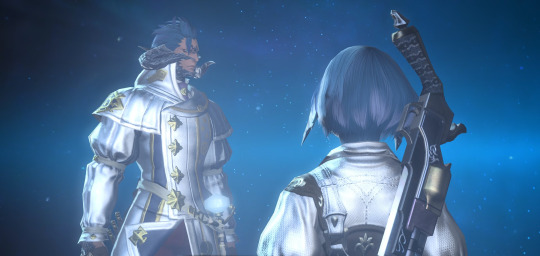
The Name
The 'Hotgo' name seems to derive from the 'Hotgoid' of Mongolia. They're also referred to as 'Khotgoid' and 'Khotogoid'. They are a Mongolic ethnic group who still exist today.
The Khotgoid made up the Altan Khanate and were Khalkha Mongols (that make up the majority of Mongolia), who once had a Khan called Dayan Khan, who was a descendant of Kublai Khan, which may be where we get 'Dayan Hotgo', one of the tribe's founders as seen in the Alexander questline.
The History
There was the Altan Khanate of Khotgoid. They had a history of conflict with Oirats, who're an ethnic group different to Mongols but also occupy Mongolia. Both groups tended to surround the Altai mountains, but the Altan Khanate spread quite far and reached as far North as Krasnoyarsk in Siberia, which meant they also occupied Tuva in the middle.
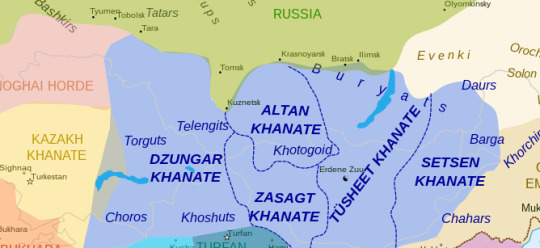
It was the Khotgoid who pushed the Oirats out of Western Mongolia, but the Khotgoids also came into conflict with Zasagtu Khan, which lead to the Khotgoids disintegrating and ceasing to be a political power, which may be inspiration for the Hotgo's demise on the Azim Steppe. This meant they got invaded by Oirats and others.
A couple of small interesting notes about the Oirats that may be expanded upon in later posts, is that the 'Torgut' are Oirats, who seems to be the inspiration behind the Torgud tribe. And one of the Oirat tribes formed a republic in Europe, which still exists today, Kalmykia, which is in the Russia federation. They speak their own language derived from Mongolian and retain their cultural roots and are Europe's only mostly Buddhist country. So this idea of a Mongolian tribe, like the Orl, migrating far West has grounding in history.
I mentioned Tuva as one of the places occupied by the Altan Khanate, Tuvans made up for a larger group called Uriankhai, whose territory (among others) was given to one of Dayan Khan's sons. "Uriankhai" was a name given to all forest people, but later came to mean Tuvans. Given the shared history, Tuvans, although Turkic, share a lot of similarities culturally, religiously and musically to Mongolians.
On this note, it is in the regions the Altan Khanate once ruled over that are famous for throat singing. Although it is hard to say the exact origin, the style we often hear is shared between Tuvans and Mongolians, which is made up of Khoomei, Sygyt and Kargyraa (and others substyles). Modern Khotgoid can be found in lands not far from the Tuvan border. Although we often think of Mongolia when it comes to throat singing, it is worth knowing it has its roots Tuva, The Altai Republic, Kazakhstan and other central Asian countries too.
Khotgoid Today
So what about Khotgoid today? They are still found in Western Mongolia, and stretch from the Uvs lake basin to the Delgermoron river. The Uvs lake basin is right on the border of Mongolia and Tuva, it is also where desert and tundra meet. Some of them still live the traditional lifestyle, they raise cattle, camels, goats, sheep and yaks and live in gers/yurts. Some Khotgoids live in the cities. However, many Mongolian traditions and beliefs remain, they typically tend to follow Tengrism and Tibetan Buddhism.

Closing Thoughts
Some of these references leads me to think about the Hotgo. First, the direct connections we see is in the name and that both disintegrated and one of the Hotgo founders shares a name with one of the Khotgoid Khans. The spelling I think also indicates that maybe the 'H' in 'Hotgo' is pronounced with a hard 'h' sound, like 'Han' in 'Khan' or 'Huur' in 'Morin Khuur' (as the 'K' affects how the 'h' sounds and a hard 'c' sound like in English). I think geographically the Hotgo would likely have been a Western tribe near the mountains, which makes sense because the Dotharl aren't far and it is consistent with the Khotgoid in relative terms. They don't have to be geographically related, but it makes sense to think that they are and I found the Torgud and Torghut also share geographical references, but that will be another article. However, we don't see any evidence of the Hotgo's location on the parts of the Azim Steppe we see as we only evidence of the Dhoro, Dotharl, Uyagir, Qerel and Kahkol in that area but no Hotgo.
So it is hard to place where the Hotgo might have been. One thought I have is that Dotharl Khaa could have been where the former Hotgo lived, but there is no evidence to suggest this, but it would be a good vantage point and may be why they left behind no survivors so none could make claim. Given 10 years have passed, it's also plausible that there's nothing left and where they used to live got occupied by other tribes who have settled nearby. But I find it interesting that the Dotharl Khaa is where desert meets steppe and the Uvs lake, where some Khotgoid occupy, is where desert meets tundra.
Bonus - Hotgoidiin Unaga
There is a song about a Hotgoid horse, called 'Hotgoidiin Unaga'. There is an adorable music video of Batzorig Vaanchig playing it with his daughter.
youtube
Although it is not sang in English, Batzorig was kind enough to offer an explanation of the song:
'Hotgoidiin Unaga' refers to a horse that of Hotgoid tribe of Mongolia. Once upon a time, there was a poor man with a beautiful light bay horse. Once he decided to race his beautiful light bay horse at the Great Naadam Festival. But when the local noble met him, he mocked at him and said "If your light bay horse wins the Naadam Festival, I'll give you my flock of stallions." At that festival, that beautiful light bay horse came far ahead and made the owner happy and famous. Moreover, he jumped down throat of rich nobles. Since then, the beautiful light bay horse has won seven times until its age of 25. It is worth to mention that Mongolians have been herding livestock, especially horses for thousands of years. Horses are being used by brave Mongolian men for hunting and war. Mongolian men are adorned with beautiful and good horses, who race hundreds of horses for Naadam festivals and who have revered the horses even in the coat of arms of their state.
16 notes
·
View notes
Text
The Real Steppe: The Morin Khuur & Music of the Steppe
From completing the Azim Steppe section of Stormblood we get the 'Morin Khuur' housing item and some steppe RPers like myself love to use it in RP, because it is a beautiful instrument. But there is a history and cultural significance about it. As a learner of the instrument, I would like to talk more about it.
I will cover:
An overview on the Morin Khuur
Spiritualism & Symbolism
Different musical styles the Morin Khuur may be used: Urtiin Duu, Tuuli and Khoomei.
Other instruments
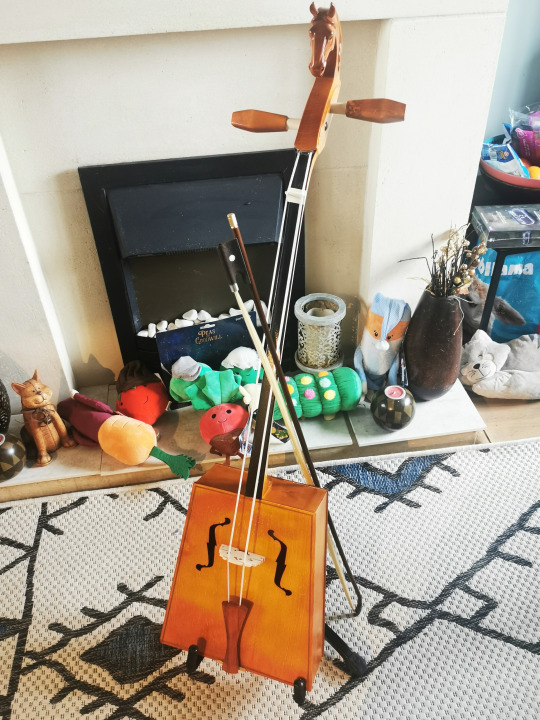
Overview
It is perhaps the most iconic instrument of Mongolia, though it is not their only instrument but the only one we see referenced in Final Fantasy XIV, it has cousins like the Tuvan Igil and although they are both 2 stringed horse head fiddles they are different instruments. Modern Morin Khuurs (and the design used in FFXIV) have taken on the Western engineering used in violins and cellos, which helps retain its tuning longer and offers more projection, despite this, it is still true to its sound.
The instrument is fairly versatile, if looking to musical compositions, you will find a mix of more traditional folkish styles like "Long Song", "Khoomei" or used as part of storytelling with the "Tuuli" epics. It is also used as part of classical music in larger compositions and ensembles. And we also see it get used with modern music in pop, rap, rock and metal, which I think lends to its versatility.
The strings are played with the left hand and the bow is played with the right hand. Four fingers are used on the string and may slide down to adjust based on the position relative to the notes. The strings are usually tuned to fourths or fifths, the common standard is 'F' on the lower string a 'B flat' on the higher string, but tunings may be different for more traditional and folk-ish music. Techniques like vibrato and harmonics are achievable on the Morin Khuur. And the technique of playing notes on the string is that on the first two fingers you push away at the string with the top part of your nail (closer to the knuckle) and the second 2 fingers, the bottom of your nail rests on the string (it is better to have long nails on those 2 fingers, if not, you will have to adjust).
Spiritualism & Symbolism
There are some spiritual & symbolic aspects tied to the Morin Khuur. The Morin Khuur represents a horse, not just because of the Horse head, but the way you're sat may resemble that of riding a horse, you are also upright with the neck of the horse away from you. There is also the use of horse hair and the bottom part that holds the strings is called the 'tail'. It is also common to replicate the sound of a horse on a Morin Khuur and you can replicate the feeling of horses galloping with it. And heck, even horses themselves seem to like it:
youtube
The music of the Morin Khuur can represent that sounds of nature and one may play it surrounded by nature, which may serve as inspiration. There are many videos of Batzorig Vaanchig playing in natural landmarks, sometimes just improvising and inspired by his surroundings. You can play the Morin Khuur and find your own connection with nature and your surroundings. Though it is not the only purpose of their music, as different music styles played on the instrument maybe serve different purposes.
I could go further into the spiritualism & symbolism tied to the Morin Khuur, but there is already somebody who can do better justice than I:
youtube
However, to elaborate a little from the video. He talks about the symbolism of the strings of the Morin Khuur and how they're placed, with the kingdom above, the kingdom below and the middle kingdom (bow) connecting them both.
If my understanding of Tengrism is correct (which I will expand upon when I talk about udgans/boos/shamans). It is believed there are at least 3 spirits within us, which are the suns, ami and suld. One returns to nature in the middle world when we die, another to the upper world and another to the lower world. So these are our own personal connections to the three worlds. It is spirits tied to the lower world that can become malicious, hence some of the superstition he mentions. One of the practices of a shaman is to help move those spirits on and may have to ward of such malicious lower world spirits.
Long Song/Urtiin Duu
The "long song" is a type of traditional Mongolia music, it's not called a 'long song' because it's long but because the notes are long and tends to be accompanied by a singer who players out long syllables, which the Morin Khuur is tuned to match. The songs tends to cover topics of tradition, culture, history, ethics and philosophy.
An example of Long Song below:
youtube
Tuuli
"Tuuli" refers to the Mongolian epics, which are stories, and are often sung. Although this is not something exclusively played on Morin Khuur, it is one of the artforms it gets used for. Tuulis tend to be made up of benedictions, eulogies, spells, idiomatic phrases, fairy tales, myths and folk songs. It is through these epics that they pass down their history and values down. Those who perform Tuuli have a remarkable memory, because there is a lot to memorise. Tuulis may be performed at public events, state affairs, weddings and more.
The Epics of Jangar and Gesar are two well known ones that are easier to find English versions of.
A Tuuli is sung in couplets of alliterative verse, and may be categorised as (but not limited to):
Stories about courting
About recovering stolen possessions
A myth, such as about hero restoring order
Epics where the hero(es) challenge a threat
Ritualised epics, such as warding off monsters
An example of Tuuli can be found here:
youtube
Khoomei
This is also known as 'throat singing' and is often tied to Tuva, but there are traditions around throat singing in Mongolia, Kazakhstan, The Altai Republic and many other places because it is much older than those geographic borders and is a part of many people's identity. So it is worth not just attributing the music to Mongolia and in doing so, you may pull from a wider pool of music to listen to. Especially as it has a shared culture and history with its neighbours. There are 3 main styles to 'khoomei', which are khoomei, sygyt and kargyraa. Khoomei sits in the middle, it is the combination of your chest voice and an overtone created by muscle tension in the throat controlled by the tongue. Sygyt adds a whistle-like high pitched sound to it, created by the tongue position in the mouth. Kargyraa is the deep rumbly vocals that sit lower in the throat to Khoomei and causes your vocal folds to vibrate. There are more styles and techniques, but they're the main 3 ways to separate them.
Khoomei is typically accompanied by music, which may include the Morin Khuur. Morin Khuur would be tuned to the voice of the vocalist to match. But normally you might find a baseline for Khoomei is around 'D' or 'C' (based on Tuvan), but it varies.
An example of Khoomei:
youtube
Other Instruments
There's more than just the Morin Khuur, I can list a few other typical instruments you may find on the steppe, not all of them are Mongolian and the list isn't exhaustive.
Tovshuur - a Western Mongolian lute
Dombra - a Kazakh lute
Doshpuluur - a Tuvan lute
Igil - a Tuvan horsehead fiddle
Chadagan (Tuvan), Yatga (Mongolian) - A koto
Tsuur - a flute
27 notes
·
View notes
Text
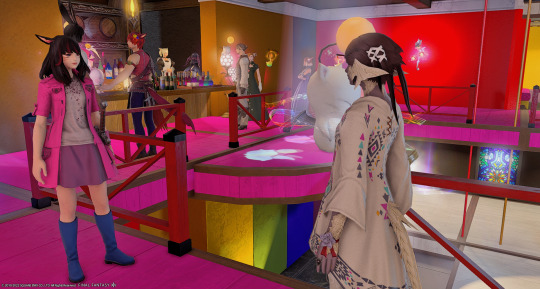
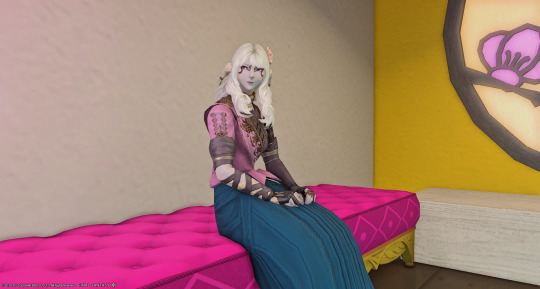
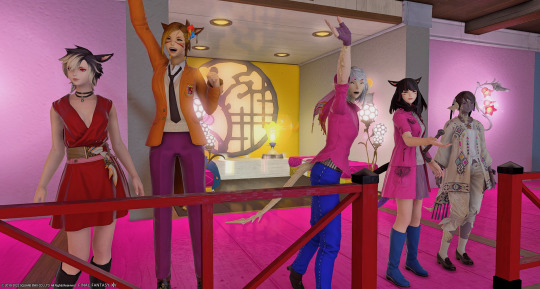

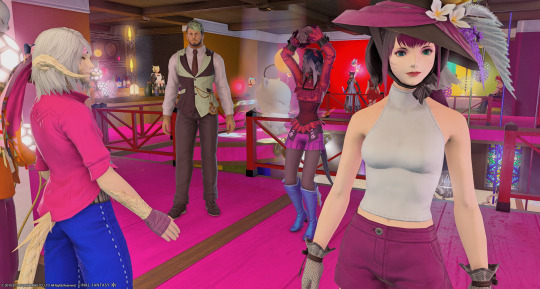
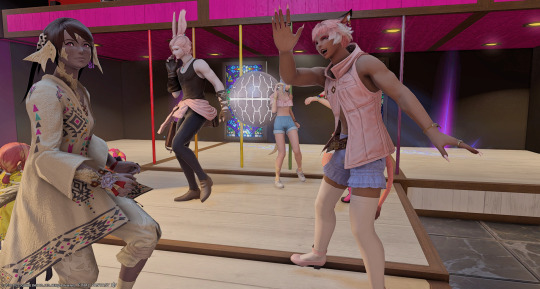
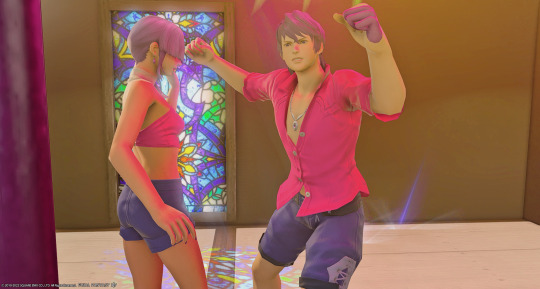
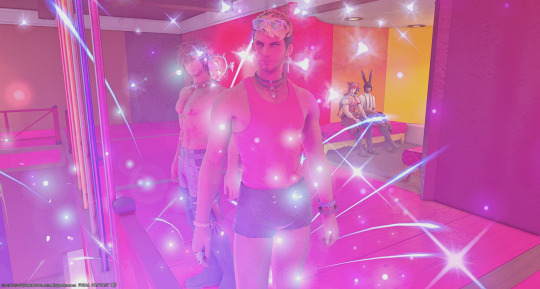
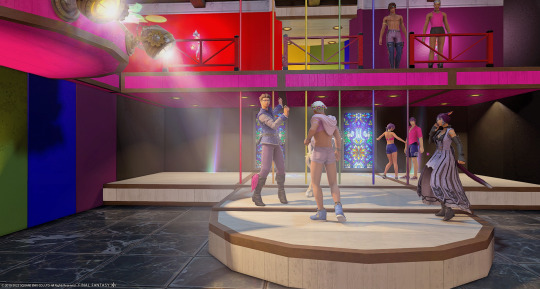
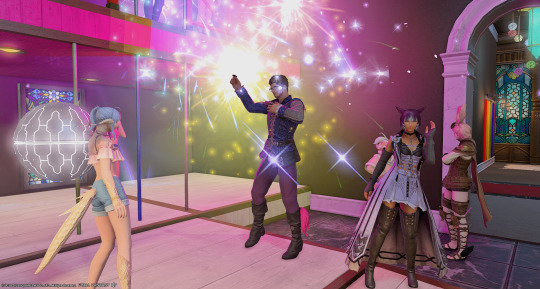
Some pictures from last night's Pride Club night!
15 notes
·
View notes
Photo
Similarly, in the movie Ninja Strike Force the word "Ninja" was printed on their foreheads to indicate which characters were Ninjas. It was the 80's and nobody knew what a Ninja was. It was this bold move in cinematography that paved way for better Ninja representation in movies.


In Avatar: The Last Airbender, who the main character is wasn’t exactly clear to the audience, so the creators added a subtle arrow pointing to them for the viewer.
3K notes
·
View notes
Text
Bring Your Own Buuz
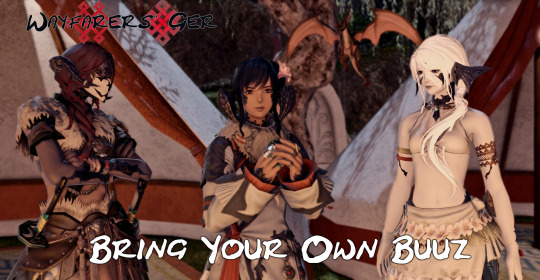
Sain uu! We have a Medium Plot now! Booyah! To break in our new plot we're going to be hosting a buuz-based feast with storytelling around the campfire. But you're going to have to bring your own buuz! But why? Aside from the pun...it's an opportunity for people to try their hand at making their best buuz! If you don't come prepared with your own buuz, we have the ingredients to make your own on the day and if you don't know how to make one, Yesunova will give a brief tutorial. Think you can buy from the buuz seller in Reunion and pass it off as your own? Yesunova will /know/. Come on down,
OOC Location: Plot 60, Ward 14, The Lavender Beds, Zalera IC Location: Somewhere on the Azim Steppe Date: August 13th 2021 Time: 10pm BST/5pm EDT/2pm PTD
1 note
·
View note
Text
Auraugust - Day 1: Scales
@auraugust
For day 1 of Auraugust, I chose my Torgud udgan. Now has the most scales of my Au Ra and being a Torgud they're almost always on display. But they're not the only scales here, for you'll rarely see her without her dragonling companion, Naranbataar, who is the pouty dragon child who thinks himself mightier than he really is. She rescued him from hunters and nursed him back to health and they've stuck together ever since. Just as well, because Uyanga cannot speak the common language and sticks to Old Auri, making Naranbataar a useful translator.

9 notes
·
View notes
Text
Shaman Night
Hey folkses,
Yesunova here. This week the Wayfarers' Ger is going to have a shaman night hosted by Uyanga Torgud (my alt).
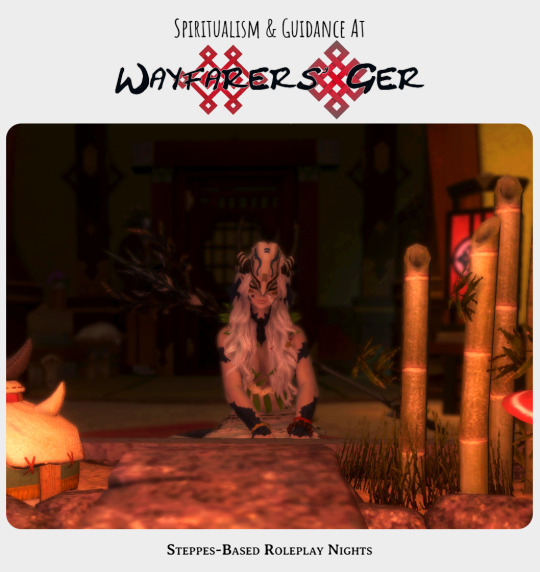
Date: Friday 25th June Time: 10pm BST/5pm EST Location: Plot 10, Ward 23, Shirogane, Zalera
This week this is what's on offer:
-> Free food & drink from the Nhaama Desert -> A ritual performed by Uyanga in a blessing of the spirits -> An opportunity to take on her Shaman services with: herbalism, communing with the spirits (including those of the dead), advice & wisdom, spiritual guidance, aiding with the passage of spirits. -> Social time in a shrine at Wayfarers' Ger -> A space for stories if requested.
Food on offer:
-> Snake Buuz -> Grilled Scorpion -> Cactus Salad -> Dhalmel Tsuivan Drinks on offer: -> Cactus Water -> Arkhi -> Kumis -> Cactus Water + Arkhi
1 note
·
View note
Video
Lady Dimitrescu but every time you look at her, her hat gets bigger — Resident Evil 8: Village mod by Kallialee
116K notes
·
View notes
